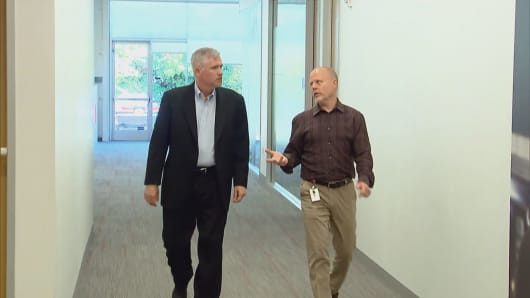Tom Kemp Centrify For Mac
Tom Kemp is the CEO of, a company which - at its core - is about tying other platforms (Unix, Macintosh, etc.) into Active Directory to centralize administration, which Tom refers to as 'Active Directory Bridging.' He's been practicing this bridging since founding Centrify in 2004 and has been working with AD since founding his previous company,. He knows what he's talking about in regard to Active Directory. He penned a blog post the other day which those interested in retaining a historic perspective on IT and IdM (such as, well, me) should read. IN DEPTH: Called 'A Brief History of Active Directory Bridging,' it begins: 'In case you missed it, in May of this year the industry celebrated the 14th birthday of 'bridging' Active Directory to non- systems. Fourteenth (??!!) birthday you say - how can that be when Active Directory was not even released until 2000?' He then goes on to tell about the great Novell-Microsoft networking rivalry in the 1990s - when Novell released NetWare Directory Services (NDS) in 1994, Microsoft vowed to have its own directory service in NT 5 (later released as Windows 2000).

Centrify Ad

Kemp relates that Novell countered again saying that not only does a NOS need a directory today, but it needs one that is cross-platform. Well, Bill Gates wasn't taking this lying down. So in a move I barely remember, Microsoft signed a deal with stating that: 'Cisco would adopt Active Directory, Cisco will implement Active Directory on various UNIX platforms, Cisco and Microsoft would jointly extend and enhance Active Directory to support network service modeling, provisioning and administration and add user-based policies.' Had that actually happened, Centrify might never have existed because third-party integration with AD would be 'in the box.' But Cisco proved to be a fair-weather friend, and the rest is history.
History you can read about in Kemp's. It is fascinating! Last issue, I ended by saying, 'I think I can safely say that the RSA breach and Google's 'Real Names' will never surface again in this newsletter.' I could say that because, at the end of this month, this newsletter will cease to be published by Network World. There will, of course, be other ways to read my deathless prose - more on that in the upcoming last three issues.